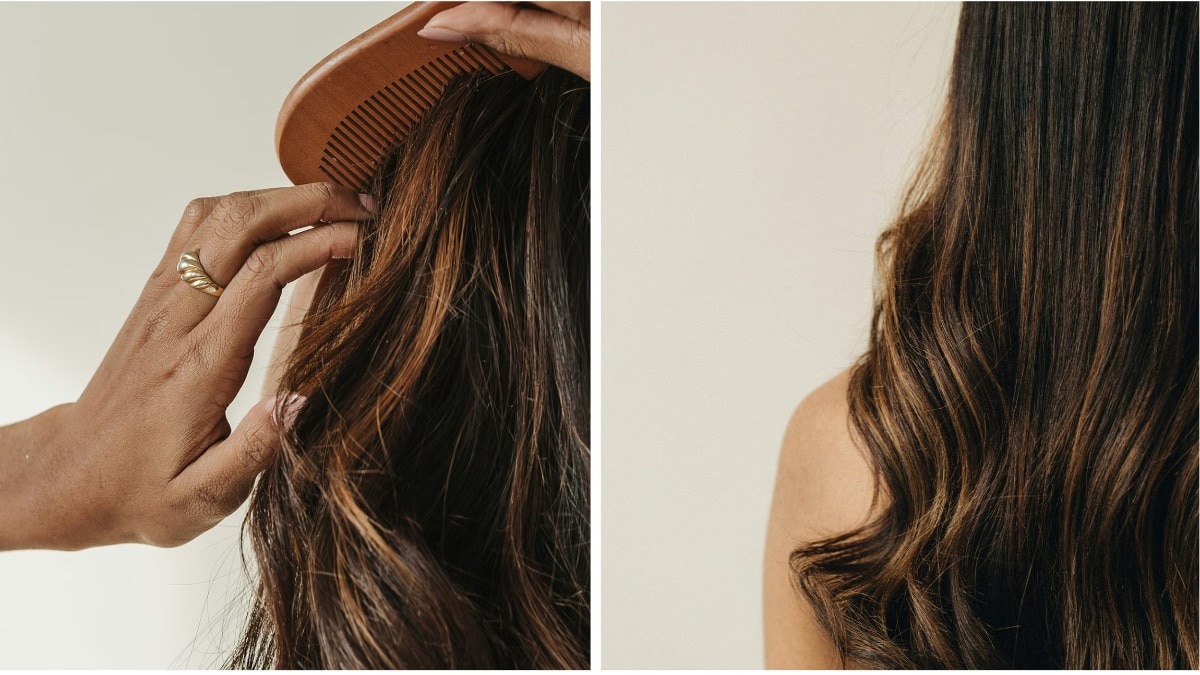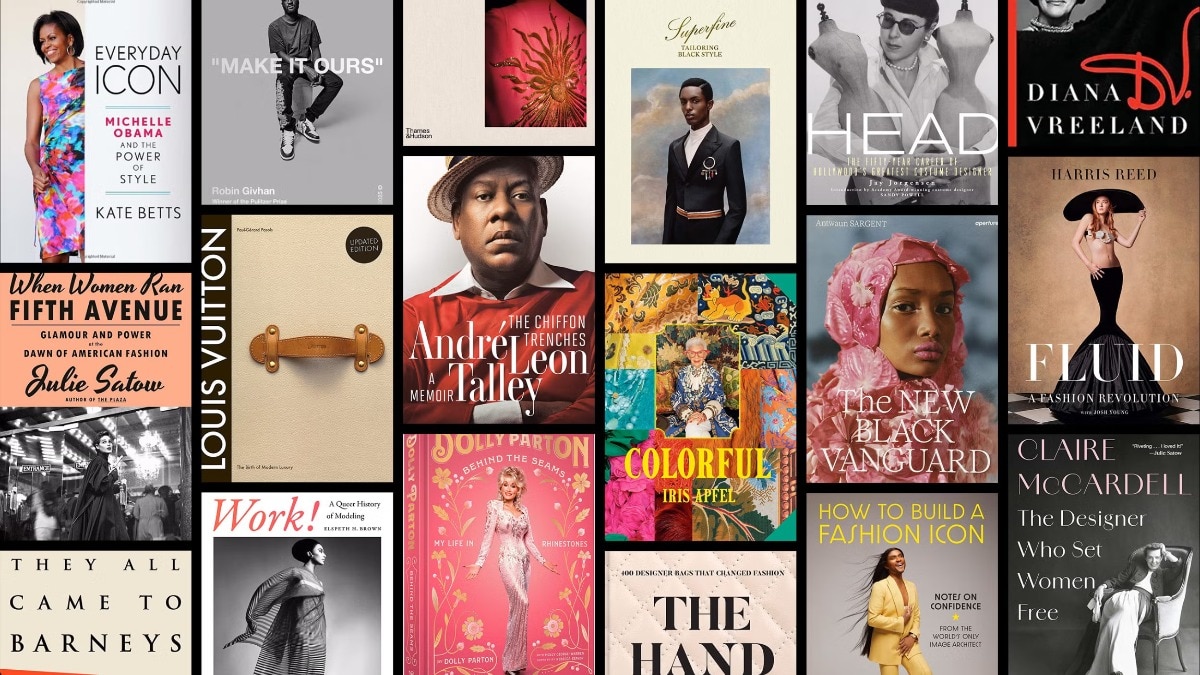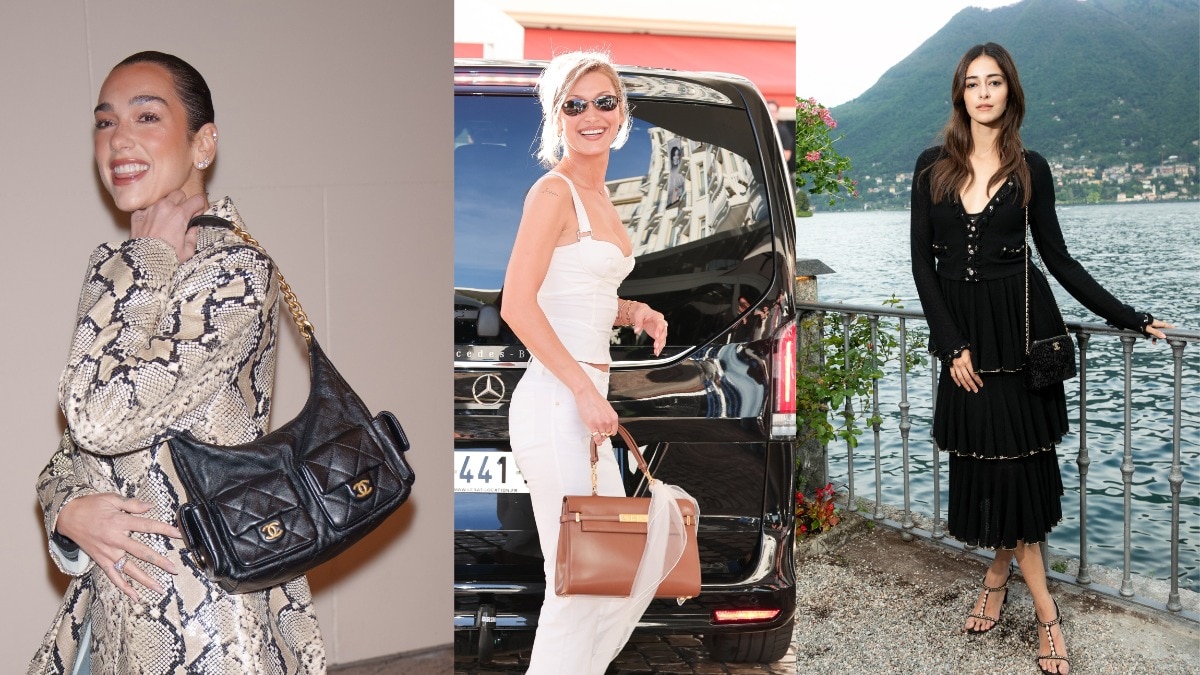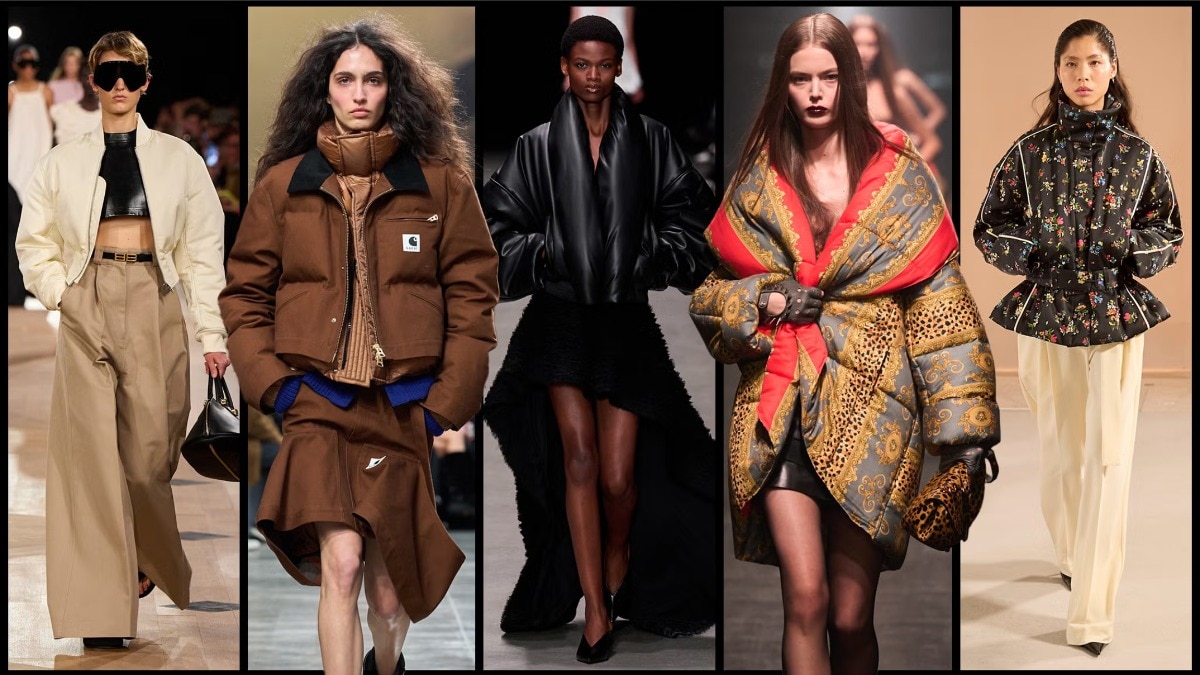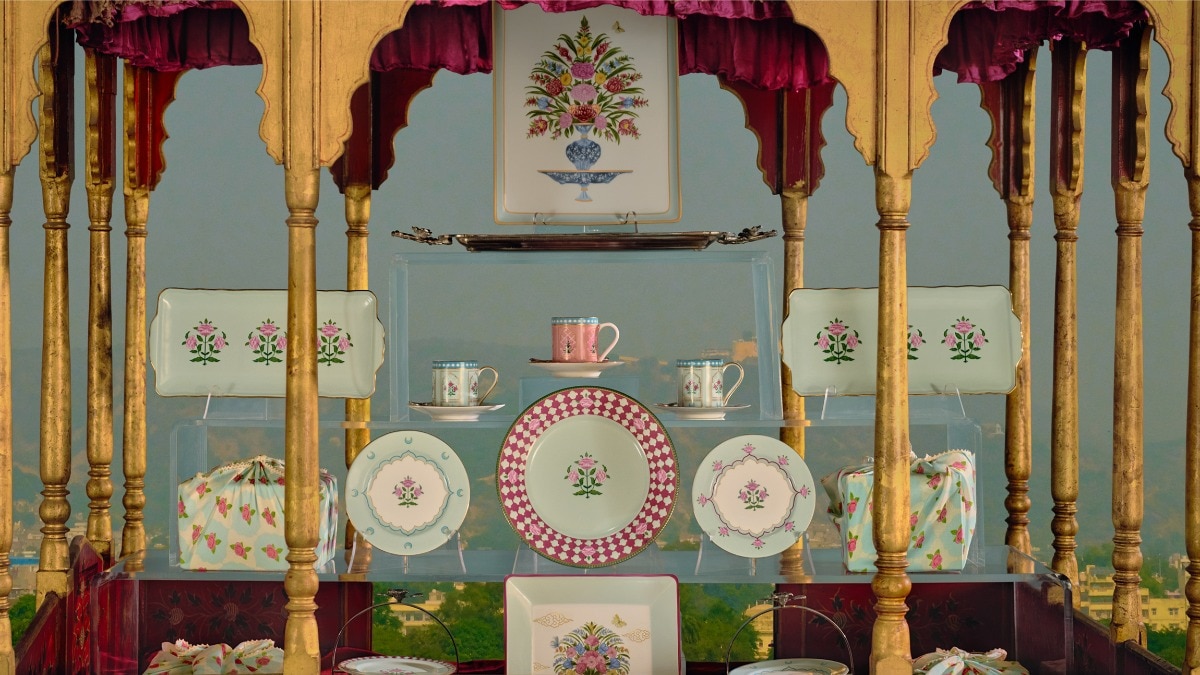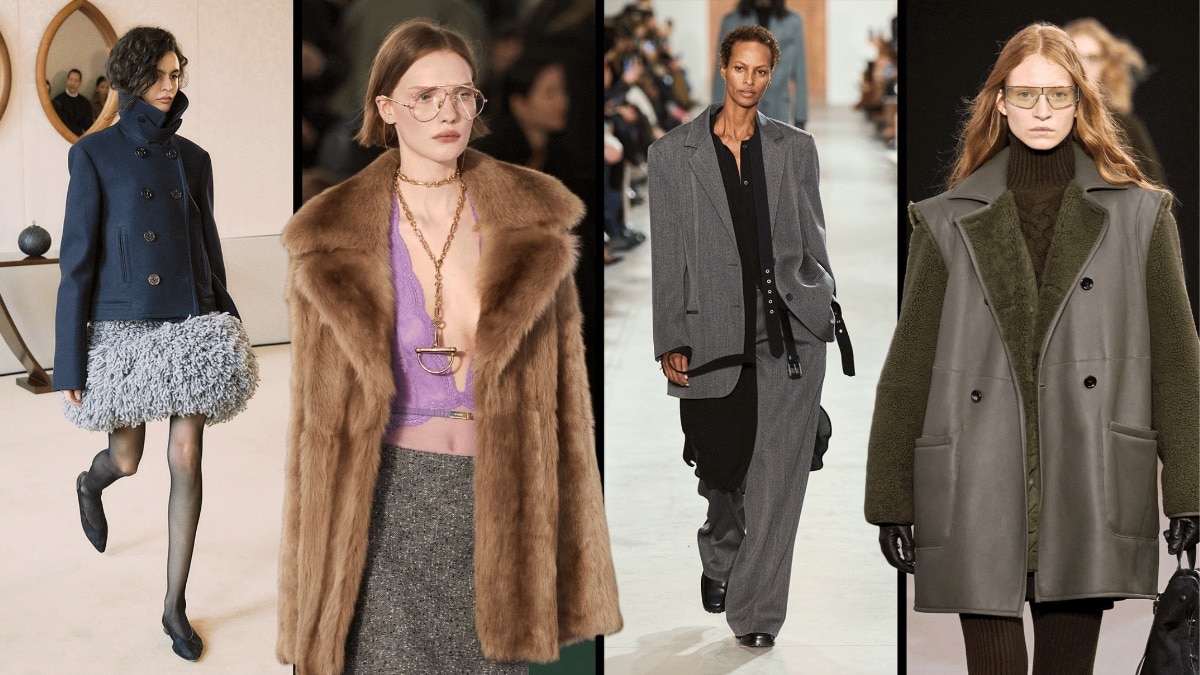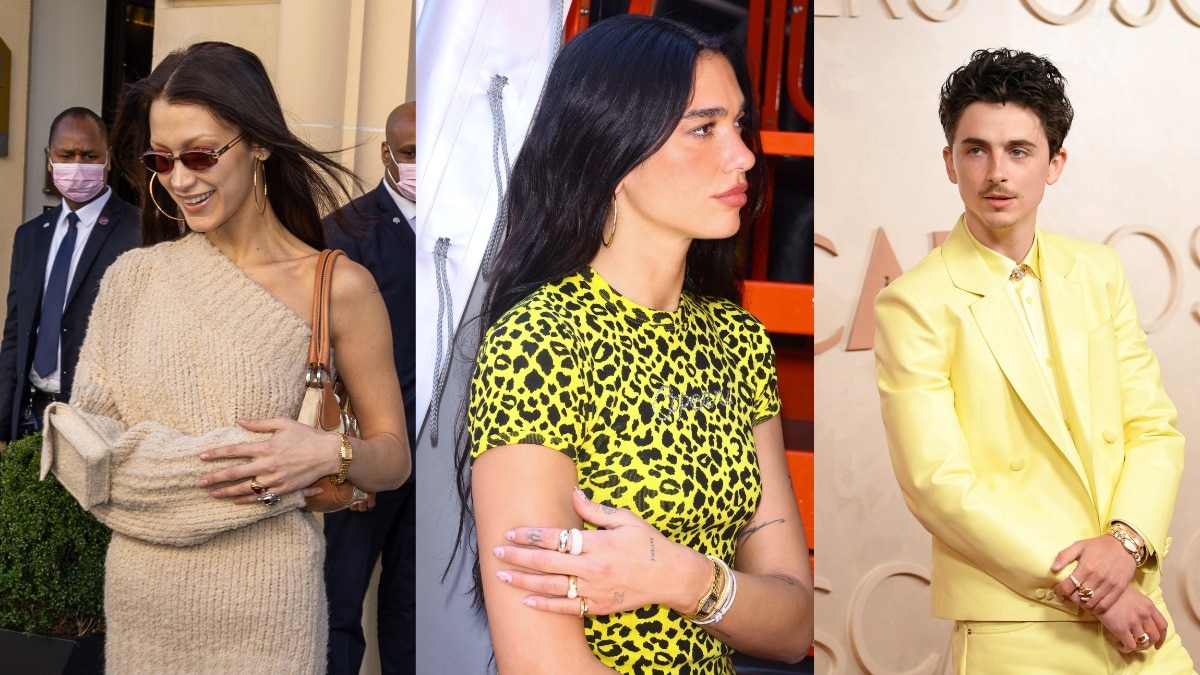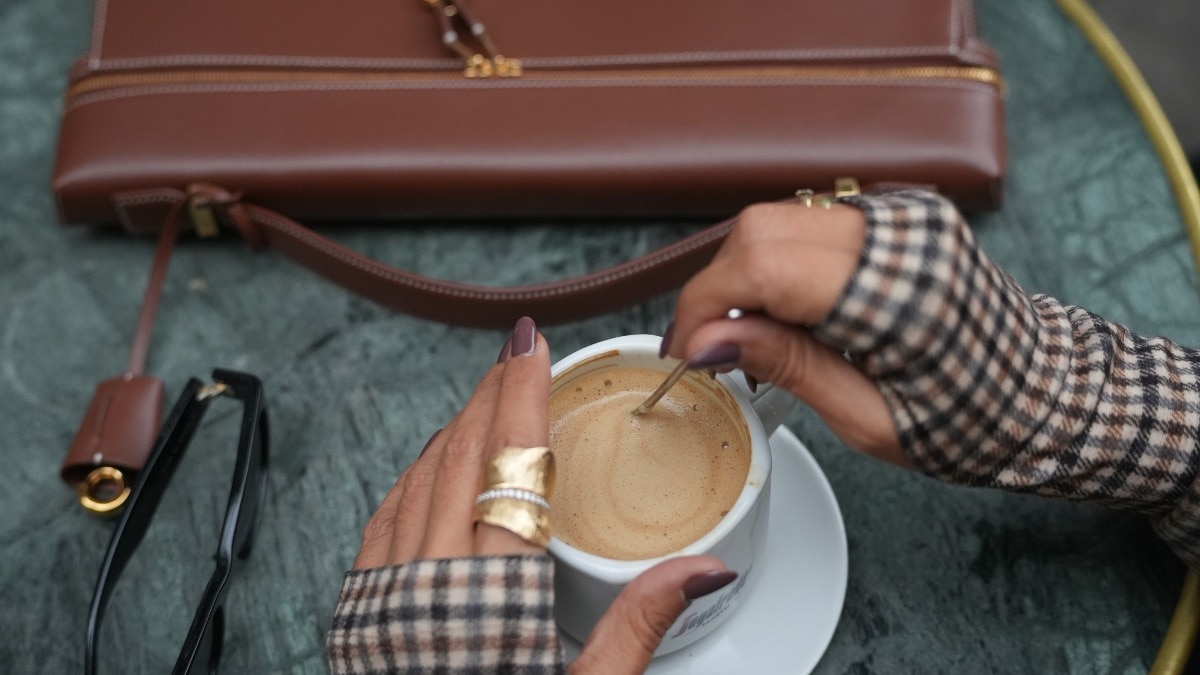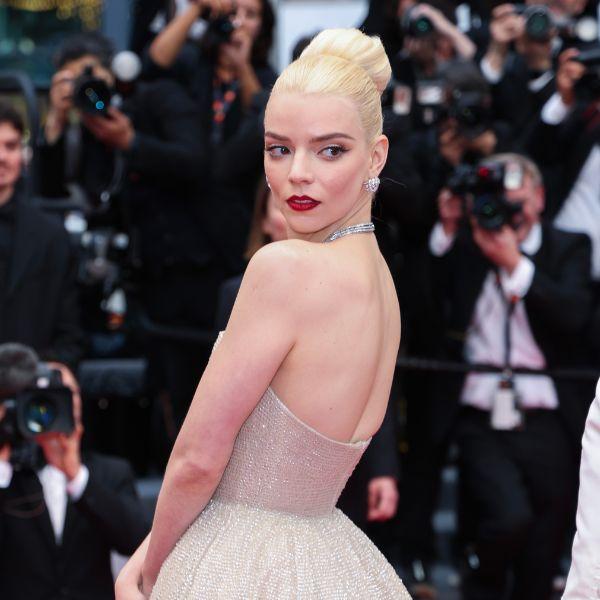
The slicked-back bun is back on top—and more versatile than ever. Here's how to style it
Fashion’s most overqualified hairstyle only gets sharper with time.

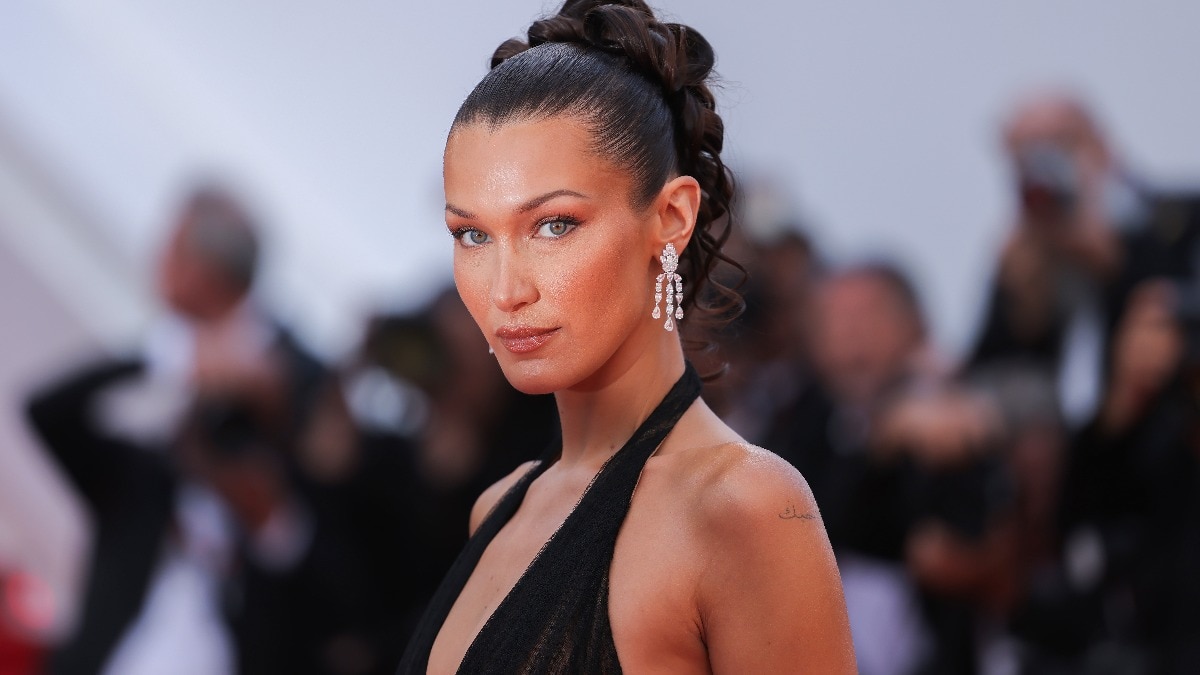
Some hairstyles are subtle, while others make a bold, unmistakable statement. The slicked-back bun, with its no-room-for-error precision, falls into the latter category. And in 2025, it might be fashion’s most overqualified hairstyle. As style swings between Phoebe Philo’s stripped-back minimalism and the embellished theatrics of Milan, the slicked-back bun remains a constant—versatile, timeless, and always relevant.
From Bella Hadid’s glass-shine slicked bun at the 2022 Cannes red carpet in vintage Versace to Zoë Kravitz’s signature minimalist knot at the Blink Twice photo call in London, this hairstyle has long outgrown its utilitarian roots. It’s now a pure architectural statement.
Bun Intended: The Moodboard of Now

In an era where fashion ping-pongs between Y2K revival and archival worship, where Miu Miu's micro-minis coexist with The Row's monastic coats, the bun provides a visual anchor. Watch any fashion week front row, scan the party pages of any glossy, or study the Instagram grids of fashion's most coveted names—the pattern emerges. Hair pulled tight to its cleanest line, the face left deliberately bare.
Anya Taylor-Joy pairs hers with Dior's new romanticism, creating a push-pull between fragility and edge. Zendaya counters the sensual curvature of a custom Roberto Cavalli spine-gown with a low knot, inspiring red carpet appearances to be studied for silhouettes.
Texture Talk: Sleek, Wet, Sculpted, or Soft
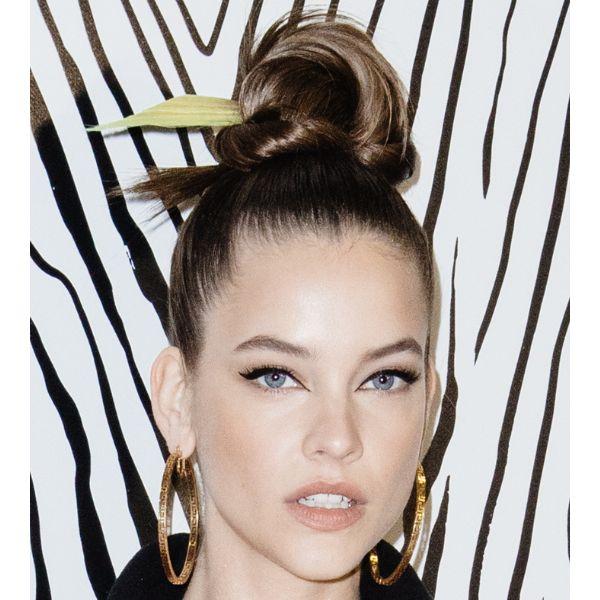
The textural possibilities with the slicked-back bun make it an easy choice for many. Each finish has its own standing and can define the look.
The vinyl-glossy look—achieved with generous applications of gel and a boar bristle brush—channels pure editorial fantasy. Think Irina Shayk's moments at Paris Fashion Week, where hair becomes liquid mercury, reflecting light with almost supernatural intensity. This finish demands commitment: it's the hairstyle equivalent of Bottega's mirror-shine leather, unforgiving but undeniably chic.
For those seeking subtlety, the matte-mousse iteration is a good pick. Here, texture becomes paramount—hair sculpted but not shellacked, controlled but retaining natural movement. Pat McGrath's backstage teams perfected this at Maison Margiela, where buns appeared carved from stone yet remained touchably human. The technique requires lightweight mousse worked through damp hair, followed by precise brushwork.
The edge-detailed variation adds street-style credibility to high fashion's vocabulary. Baby hairs are swooped and gelled into geometric patterns that frame the face like art deco motifs. It's the choice of fashion insiders who understand that rebellion often comes through perfectionism pushed to theatrical extremes.
What to Wear When the Hair Does the Heavy Lifting
The slicked-back bun provides an array of possibilities. Pair it with a '90s tank or slip dress, and it transforms nostalgic minimalism into something contemporary. The clean lines create dialogue with the bias-cut silk, each element sharpening the other's impact. Against Thom Browne's architectural suiting, it becomes part of the uniform—a logical extension of fashion's geometric precision.
The saree presents perhaps the most compelling canvas for the slicked-back bun. When Deepika Padukone wore hers to Cannes, the severe centre part and sculptural knot created a counterpoint to the saree's fluid draping. The key lies in understanding proportion: the bun's minimalism allows the sari's complexity to breathe while providing necessary visual weight at the crown.
For the evening, nothing frames a Jacquemus slip dress quite like the slicked-back bun's architectural certainty. The hairstyle transforms the nape of the neck into a focal point, and the gentle curve where the neck meets the spine becomes the star.
Accessorising without overthinking
The art of accessorising a slicked-back bun is not for the weak. Too many risks might destroy the style's essential minimalism, while too little wastes its potential as a canvas. Maria Grazia Chiuri understood this at Dior's couture showing, where models wore single pearl ear climbers that traced the ear's architecture without overwhelming the hair's clean lines.
Hair jewellery presents opportunities for calculated contrast. Jennifer Fisher's gold ear cuffs create dialogue between organic curves and geometric precision, while Completedworks' asymmetrical drops introduce movement against the bun's static perfection. The key lies in choosing pieces that enhance rather than compete.
For the truly adventurous, ribbons and veils offer narrative potential. A black silk ribbon, wound through the bun and left to trail down the neck, transforms the practical into the poetic. Veils—whether wispy tulles or structured organzas—create mystery while maintaining the style's essential sophistication.
The Face That Fits the Bun
The slicked-back bun calls for makeup with equal intention. Pat McGrath's work demonstrates the power of commitment: when she paired severely pulled-back buns with floating liquid liner at Valentino, the result felt less like beauty and more like fine art. The clean hair allows experimental eye makeup to breathe, whether that's Euphoria-inspired crystals or simply the most perfect red lip in fashion history.
A no-makeup makeup look, while seemingly effortless, demands precision when the face is fully exposed. Skin must appear lit from within—achievable through strategic highlighting and the judicious use of cream blush that mimics natural flush. Laura Mercier's tinted moisturiser becomes the foundation, while Glossier's Cloud Paint provides that effortless flush that appears anything but effortless.
For the evening, the bun becomes the ideal frame for a red lip. The clean lines prevent the look from feeling costume-y, while the hair provides necessary contrast to prevent the red from overwhelming. It's the combination favoured by fashion's most photographed faces for good reason—it reads as powerful across cultures and contexts.
In fashion’s endless cycle of revival and reinvention, certain elements rise above the trend to become something closer to constant. The slicked-back bun lives in that rare space—neither wholly classic nor overtly of-the-moment, it exists in fashion’s eternal present tense.
Lead image: Getty Images
Also read: Six sleep-inducing therapies to try across Mumbai, Delhi, Bengaluru, and Chennai
Also read: This new yoga studio in Mumbai is a sanctuary of serenity

